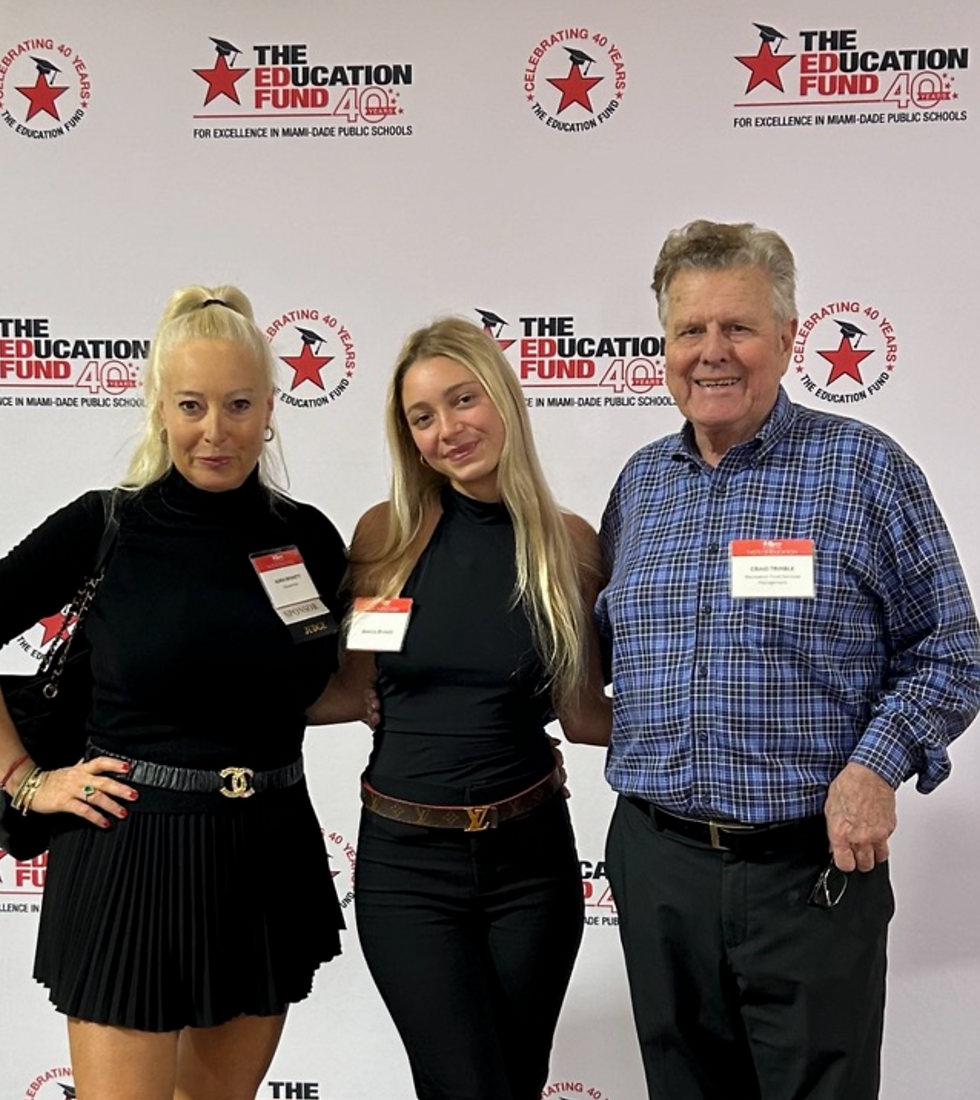Restaurant Business Plan by Adina Brunetti
- miamiplasticsurger
- Mar 9, 2021
- 3 min read

Most of the entrepreneurs who are thinking of starting a restaurant business for the first time often have little understanding of what it actually is. They know little about what stages of creating a restaurant they have to go through, what difficulties and risks await them, and most importantly, how they are reflected in monetary terms. If you decide to open a restaurant, you should master at least basic knowledge about the industry.
The starting point for creating a restaurant is its business plan. It is worth starting any business with one if you want it to be profitable. The ready-made business plan of the restaurant will help to illuminate and predict as accurately as possible all the nuances of the establishment and development of the establishment for years to come, taking into account all kinds of changes, amendments, unexpected turns.

Development of a restaurant business plan with calculations
A high-quality, which means, a detailed business plan consists of many indicators and calculations that help to see a holistic picture of creating a restaurant, based on the financial capabilities of the future restaurateur and other circumstances, such as taste preferences, personal vision of the business, and so on. A well-thought-out business plan takes into account everything from the appropriateness of the size of the premises of the institution to the cash flow plan. Let's consider the components of a restaurant business plan in more detail.
Project summary.
1-2 sheets of the summarized business plan as a whole allows you to briefly evaluate the whole idea of opening a restaurant in terms of its attractiveness, persuasiveness, profitability and expediency in general. The business plan summary briefly describes the concept of the future institution, the project implementation schedule (project period and commissioning period), project budget, Project profitability and its investment attractiveness. The line with the budget and the last point are especially interesting for investors. If you are going to raise funds from outside to open a restaurant, a well-written resume will help win sponsors to your side.
Description of the project.
This section of the business plan provides general information about the institution, in particular about its location, the choice of which is reasonably approved. More often than not, the location determines the whole concept of the restaurant. If the conceived format cannot be implemented in the currently available venue, it may be worth revising it and adjusting it to the chosen location. This option is also quite an effective move. In addition, the description includes the price category of the restaurant, that is, the average amount of the check per visit. The type of cuisine, type of service, the classification category of the restaurant, basic and additional services are determined. Thus, the main components of the overall picture of the restaurant are put together, showing what the restaurant will look like in reality.
Restaurant marketing.
Having moved on to marketing research, you should not rush to complete it. A hastily conducted analysis of trends in the restaurant market can lead to errors that will form a distorted picture of the reality of the restaurant business in a country or city. Here market tendencies are tracked, the leaders of this niche and your potential and real competitors are analyzed. Collecting data on competing establishments allows us to highlight their pros and cons, how they are attractive and how they scare away customers. Comparison and analysis are absolutely necessary, as they help to adjust the quality of service of your future restaurant, highlight and emphasize the features and advantages, and increase its competitiveness. Thus, the restaurant will be able to stand out in the market and capture the attention of a specific target audience.
In addition, the marketing part of the business plan involves conducting a SWOT analysis, that is, identifying the strengths and weaknesses of the institution, its opportunities and potential threats. The data obtained from the SWOT analysis will also be useful for building an advertising campaign for a restaurant, developing a strategy for promoting it as a brand, and popularizing its services / offers.
The production part of the project.
This is probably the least creative part of a business plan. But it will not be possible to avoid it, because it is here that the miscalculations of all the internal processes of the restaurant are included, which are usually not visible to visitors, but directly affect the quality of service and the atmosphere of the restaurant as a whole. This includes a description of all production processes of the restaurant and the implementation of internal accounting. The prices of the menu and services of the restaurant are calculated based on their cost price, the equipment of the restaurant is formed. So, the coefficient of the markup for the product is determined, the specification of inventory, materials and components is specified, the staffing table of the restaurant, its capital, fixed and variable costs are established.




Comments